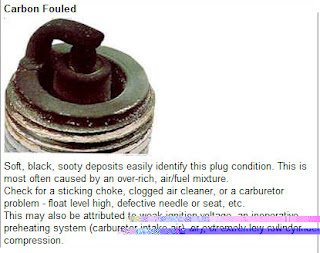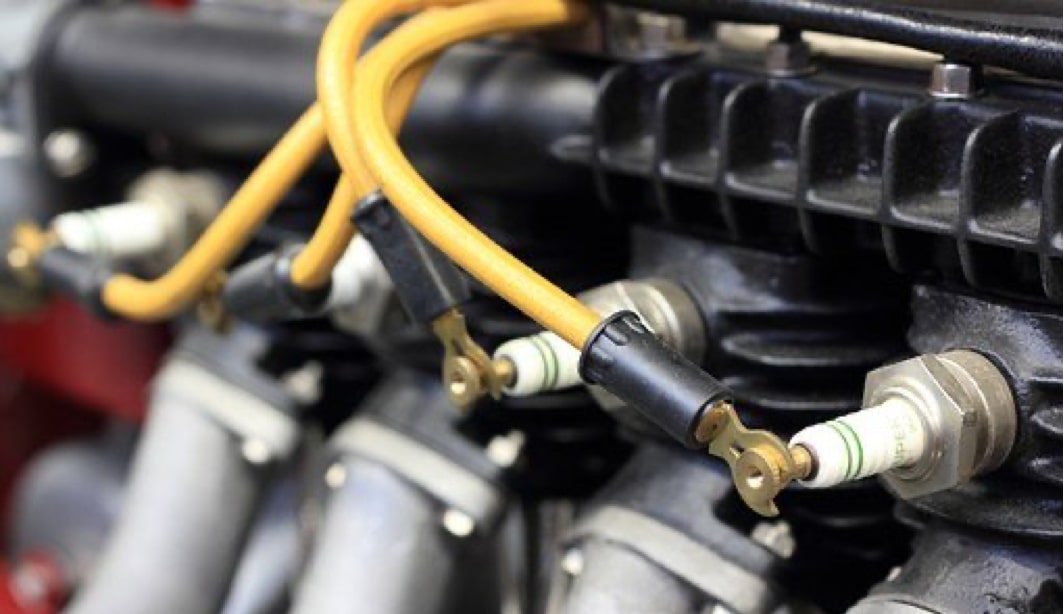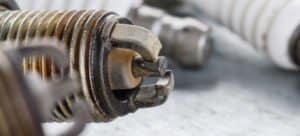

If the fuel tank primer is not operating correctly, you may need to replace it before heading out on the water. A primer bulb with a bad valve inside can also prevent your fuel system from pressurizing adequately. If this is not the case, check the fuel lines, engine, tank and filters for leaks. After several squeezes, the primer bulb should become firm, indicating that the fuel system is pressurized. If your boat has a pressurized fuel system, verify it is working correctly by pumping the primer bulb.

Make sure to use a bucket or cup to catch the fuel and prevent it from spilling. Ask a friend or family member to push the key into the ignition to prime the engine while you watch to see if fuel comes out. If your boat has an electric primer, check that fuel is flowing correctly by removing one of the fuel hoses that connect the primer to the carburetor or engine intake. If your boat does not start after allowing it to prime, make sure fuel is getting to the engine and that the primer is not damaged. Depending on the model and year of your boat, you may need to turn the key to the “on” position and wait while the engine powers up. ENGINE NOT PRIMEDĪnother frequent startup error is trying to start the boat before priming the engine properly.

Reconnect or replace any battery cables that have become disconnected or damaged. Make sure the connections that run between the engine and the battery are not loose or corroded.

If you have checked the battery switch and charged the batteries, but your boat engine still won’t start, check the battery cables. While a battery switch is an excellent feature to prevent battery drain, it can also be the reason your boat won’t start if you forget to turn it back on. On boats equipped with two batteries or a battery switch, make sure you have it set to “on” or “both” before trying to start your boat. If the battery will not charge or does not hold a charge, you may need to get it replaced.
#SUZUKI 250 BAD SPARK PLUG SYMPTOMS FULL#
Check the voltage of your batteries with a voltmeter and charge the batteries to about 12.6 volts for a full charge. If the engine does not turn over at all, the battery may be dead. If your starter engages, but the engine cranks very slowly, your boat battery may be low. Verify the gearshift is solidly in neutral with the lever in the middle position between forward and reverse. If your boat is in gear, the engine will not start, but other components like the lights and gauges will work. Most boats must be in neutral before starting the engine.
#SUZUKI 250 BAD SPARK PLUG SYMPTOMS MANUAL#
If you just purchased your boat or it has been a while since you last hit the water, take a few minutes to review your boat’s manual to ensure you are performing the correct pre-ignition protocol. In colder weather, your boat may require a little more choke than usual to start. Before tearing apart your marine engine, double-check that you are performing the correct starting sequence for your boat. Depending on your engine type, you may need to choke the motor by pushing the key into the ignition or pulling out the manual choke knob on the engine. STARTING SEQUENCE ERRORSĮven the most seasoned boaters make mistakes now and then. If your boat has an ignition interrupt switch, make sure it is in the “on” position. If the safety lanyard has become disconnected for any reason, your boat engine may crank, but not fire, or it may not turn over at all. Most modern boats come equipped with a safety lanyard or ignition interrupt switch that must remain connected while the boat is running. In the excitement of cruising across the water, it is easy to forget to disengage the safety features that prevent your boat from starting up. Consider this list of common reasons your boat engine won’t start to identify and correct the problem quickly. If any of these elements are missing due to broken or damaged parts, your engine may not turn over and will have trouble starting. Boat engines need ignition, fuel, air, compression and exhaust to start up and run smoothly. Common Causes and Solutions for a Boat Engine That Won’t StartĪlthough boat engines have become more complex as technology advances, most marine engines still operate based on the same simple principles.


 0 kommentar(er)
0 kommentar(er)
